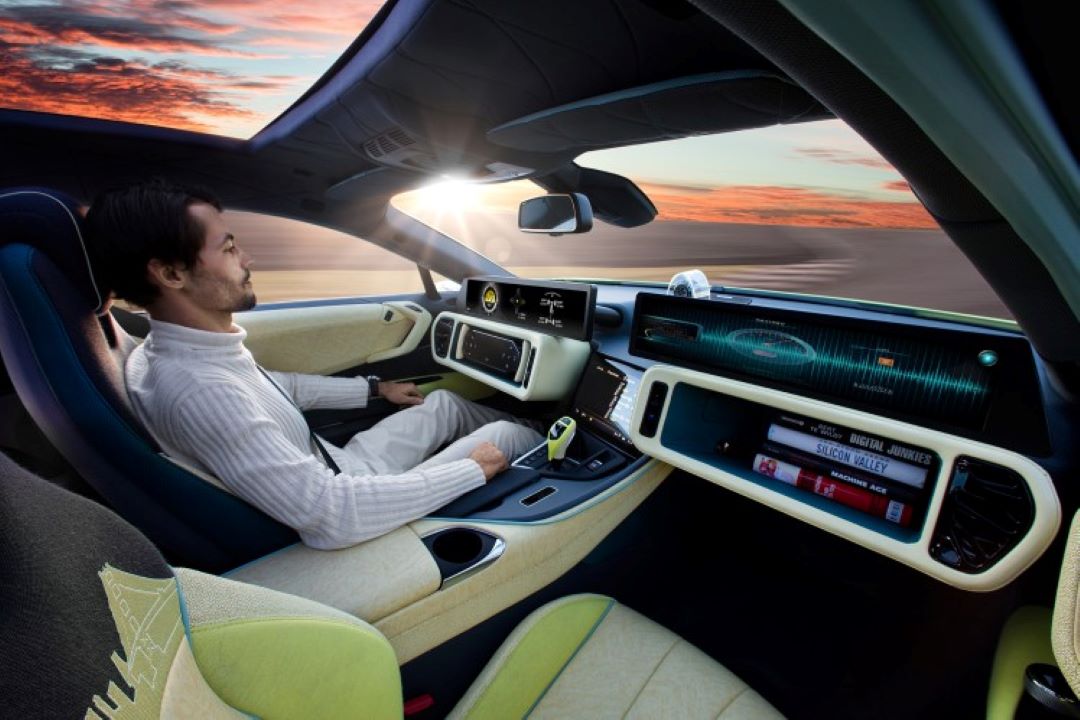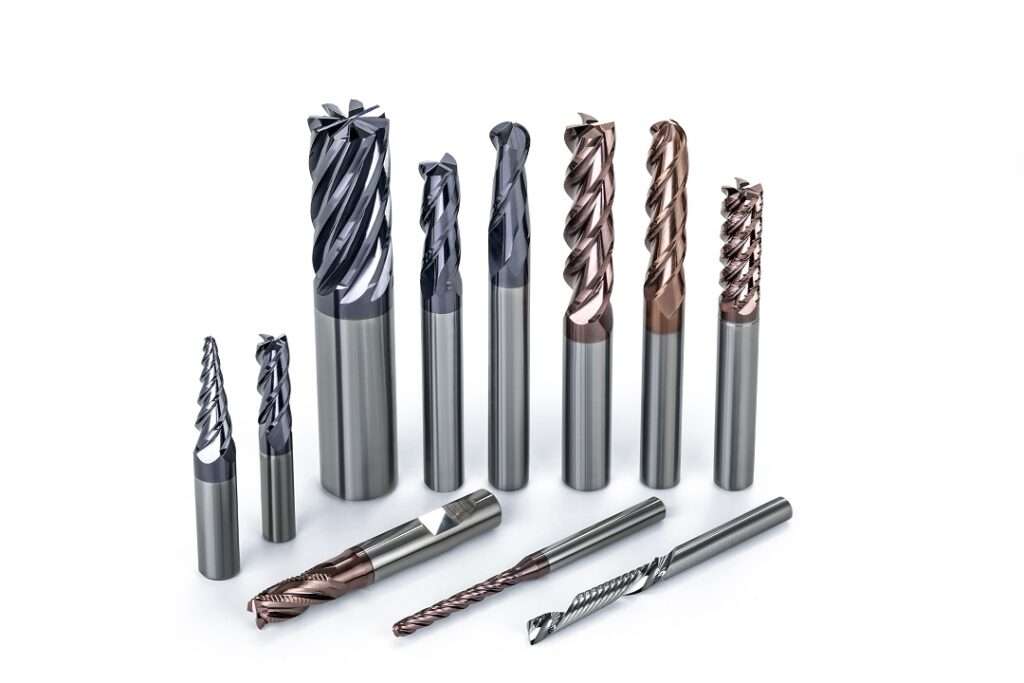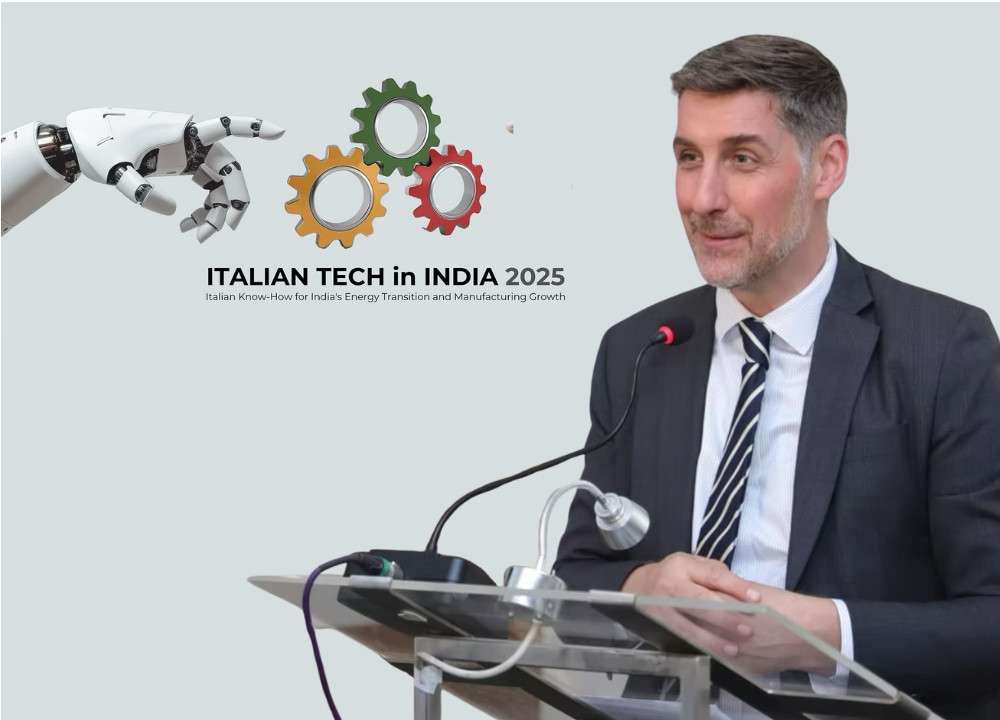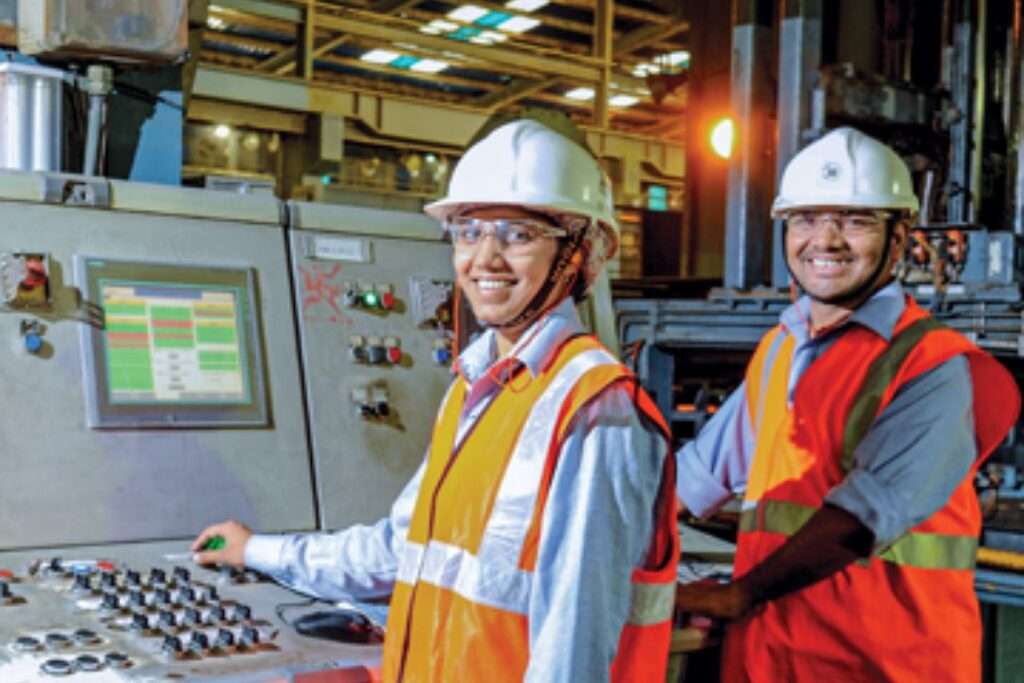With the rise of semi-autonomous driving, the demand for enhanced safety systems in various seating positions has surged. Responding to this trend, ZF LIFETEC has introduced e.Locking, an innovative electromechanical seatbelt locking system designed to improve occupant safety and provide greater design flexibility.
This groundbreaking technology simplifies the integration of seatbelts into seats, offering advantages in both production and aesthetics. In scenarios involving sudden deceleration, the e.Locking system locks the seatbelt reel, preventing unfastening or limiting it against the force limiter’s action. When occupants are in a standard upright seating position, the combined function of the seatbelt, retractor, and force limiter significantly mitigates the impact of hard braking or collisions.
Traditionally, seatbelts relied on two mechanical systems to lock during sudden vehicle movements. The e.Locking system revolutionizes this by replacing the conventional steel ball sensor with an electromagnetic coil triggered by signals from a central electronic control unit (ECU). This centralization enables seamless integration into new seating concepts, particularly for vehicles incorporating autonomous driving features.
As autonomous driving becomes more prevalent, seating arrangements that allow passengers to recline further from the dashboard are gaining popularity. These configurations present challenges for traditional seatbelt systems, typically anchored to the vehicle’s B-pillar. ZF LIFETEC’s e.Locking system addresses this by enabling seat-integrated belt retractors like the ACR8.S series, facilitating safety in reclining or relaxed seating positions.
The e.Locking system introduces an innovative electromechanical design, replacing traditional steel ball mechanisms with an electromagnetic coil for enhanced precision. Centralized sensors within the ECU monitor factors such as acceleration, deceleration, and tilt, activating the locking mechanism as needed for optimal safety. This advanced system also improves seatbelt integration flexibility, making it a vital feature for modern vehicle models. Harald Lutz, Senior Vice President of Global Engineering at ZF LIFETEC, highlights the significance of this advancement: “Our e.Locking function simplifies the integration of seatbelt systems into seats, aligning with future trends in autonomous driving and relaxed seating positions.”
The e.Locking system represents a major step forward in automotive safety, accommodating the evolving needs of mobility. With this innovation, ZF LIFETEC positions itself at the forefront of safety solutions, ensuring optimal protection and comfort for passengers in modern and future vehicles.








